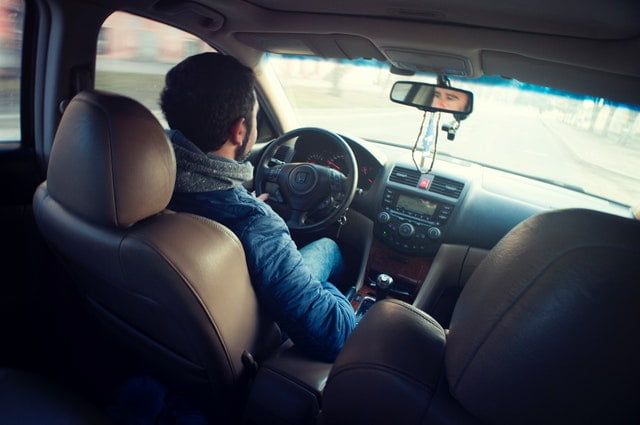The rise of the gig economy has only increased the discussions around employee classification. It raises the question… are the people who execute the services for the company employees or independent contractors?
Defining Who is an Employee Through Legislation
There are federal, state, and local laws that define who is an employee. Fair Labor Standards Act (FLSA) is a federal labor law around minimum wage, overtime, and other employee rights. It states a person’s relationship with the employer must meet certain criteria to be considered an independent contractor. Based on the criteria, the person would either be classified as an employee or an independent contractor.
The National Labor Relations Act (NLRA) has also given rulings on who is classified as an employee. NLRA is another labor law, but it specifically focuses on employees rights to organize and take collective action. It provides guidance on employee activities like unions and strikes and their rights to not participate. Whether a person is considered an employee is key as rights are only outlined for employees of private sector organizations.
Drivers are Independent Contractors, not Employees
Both laws have played critical roles in the battles for employee rights with Uber and Lyft drivers. Currently, drivers for the rideshare companies are not considered employees and are classified as independent contractors. This means they are not paid overtime, do not get reimbursed for expenses and mileage (like car maintenance or gas), and are not guaranteed rest and meal breaks. Additionally, they are not able to unionize and take collective action for better work conditions. Unfortunately, federal laws provide protections for employees, not contractors.
The difference in classification is a tricky line because both Lyft and Uber provide a lot of autonomy for how and when their drivers get the work done. Drivers are responsible for their equipment and schedules. Those are major aspects of the independent contractor test. This is the stance the ride-share companies take when in court.
The rideshare companies are consistently litigating employee claims on violations of the FLSA guidelines. The lawsuits are so prevalent that the risk of the employee classification issue was specifically outlined during their IPO’s. At the beginning of the year, Uber settled a class-action suit for $20 million. Unfortunately, it did not lead to any clarification on whether drivers were considered employees or not.
Another strike against drivers was from the National Labor Relations Board (NLRB). They ruled that drivers were not considered employees based on the common-law agency test. Which means drivers are not protected under the NLRA. They can not organize into unions and are not protected if they were to strike as a protest for working conditions.
Not All Hope is Lost for Drivers
It’s being left up to the local and state level to provide these benefits. NYC increased the minimum wage to$17.22 per hour for drivers. California adopted an “ABC” contractor test, which puts more assumptions on workers being employees. It will be harder to classify people as contractors with the new California guidelines. The new test does only apply to wage order claims.
Ensuring employees are classified correctly is always a concern. Misclassification can lead to a lot of litigation which is costly, financially and with retaining talent. It’ll be important to watch the evolving situation with Uber and Lyft as it can set a precedent for the future of the gig economy.to
Tracking employee data is easy with an HR dashboard. It takes the data from your various HR systems and calculates the metrics for you. Data, metrics, and analytics don’t have to be as complicated the ride-share employee classification battle.
Sign up today for a free demo of our automated HR dashboard.












